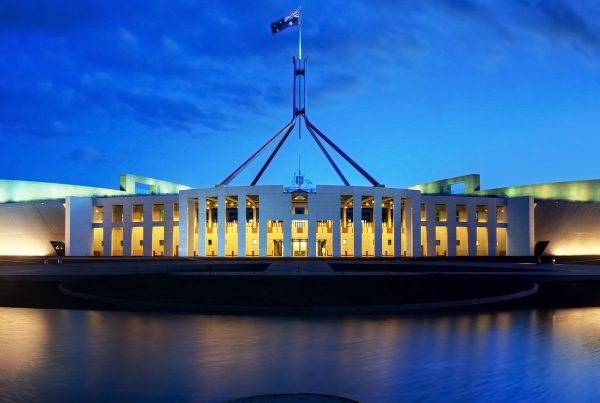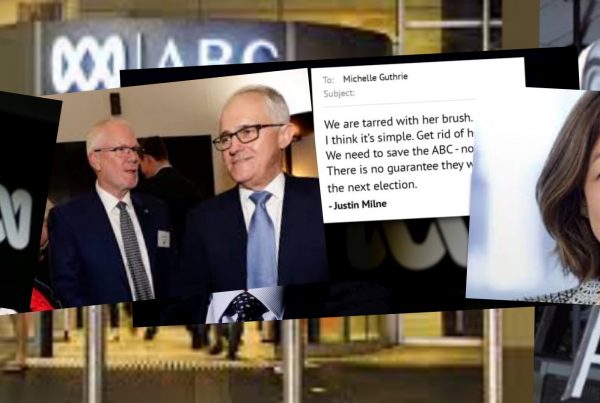Jeff Bullas has written a thought provoking article (below) on the convergence of social and traditional media. A must read; it impacts on our approach to social media marketing and social media strategy. Let me explain.
We think change is inevitable, and we innovate in a way that it is for the better. That’s the way we’ve seen it so far.
- During the ‘naughties’ newspapers started a major process of reinventing themselves, a number went out of business. Now they appear to be reinventing themselves as online and offline community hubs, with more diverse and innovative offerings.
- In the early 2000’s saw the dramatic decline of free-to-air television. But by 2015, the prediction is that TV will be more powerful and more ubiquitous than it ever was (according to Cisco and others).
- It was only a few years earlier that VCRs (remember them?) were going to put Cinemas out of business. Instead what happened was the creative people in cinemas and Hollywood reinvented themselves and the movies are now bigger than they ever were.
- In the ‘70s computers were going to put us all out of work. Didn’t happen.
- Before that, in the ’60s, was the advent of television (replacing the radio), which was going to destroy family life; that was the era that the TV series ‘Madmen’ was based on, which Bulas refers to below.
Well, we know what happened. The modern history of communication suggests that our quality of work and living goes up, not down, as technology improves. Threats seem to inspire innovation. As Darwin advised, ‘The survival of the fittest’.
Why Social Media will Disappear
Posted: 18 Jan 2012
In the 1960′s the “Madmen of Madison” Avenue were challenged as the age of television forever changed the advertising and marketing landscape.
The arrival of color television in 1961 was rapidly becoming an integral part of the family home and engaged millions of people with captivating television shows, news as it happened and movies.
The advertising agencies had to reinvent themselves as the new technology became widespread and by 1979 over 300 million televisions were occupying the corners of peoples living rooms.
50 years ago the choices of media were simple compared to today with essentially only a few media types.
- § Radio
- § Newspaper
- § Magazine
- § Cinema
- § Television
- § Theatre
- § Poster
In 2012 we have a smorgasbord of media including CD’s, podcasts, blogs, online video, online photos, iTunes, satellite radio, mobile phone, tablets, email, Internet, TiVo and video recorders.
Just to name a few!
The Age of Media Convergence
In 2012 if you want to view a video, listen to the radio or send an email, SMS or Tweet you only need one device, your mobile phone.
Your smart phone offers you one platform where you can view News, music, videos, GPS, News, Weather, Twitter, Radio, Television, Watch, Magazines (blogs)
The challenge for traditional media is that it:
- § Isn’t searchable
- § Can’t be watched when you want
- § Can’t be viewed on the hardware platform you prefer and use (Tablet, PC, Laptop or mobile)
- § Doesn’t build an online asset for the brand
Coca Cola has decided that is time to move beyond the 30 second movie commercial as social media and traditional media converge to become “media”.
“Liquid” and “Linked” content excellence is now the Coca Cola Mantra!
You only have to see the success of the Old Spice marketing campaign to realise that the convergence of media has arrived. Video that can be viewed anywhere and any time and is eminently searchable and not just on a commercial spot on TV.
Channels of Convergence
1. Television
Now we have the three screens, TV, Computer and Mobile. Making media available for all 3 formats is vital. There are rumours Apple will bring its design and branding genius to transforming TV, just as it transformed the music industry and the mobile industry – Disrupt!
It has the ecosystem the content the platforms and the technology and marketing savvy.
TV and Twitter are being used in unison as live television shows invite audience participation in real time with tweets.
Online video and television advertising is now part of the same advertising campaign with media published to both.
2. Films
Films can now be viewed on demand on any screen, if they have been converted to an online format instead of being buried in film archives and cabinets.
3. Newspapers
“Citizen Journalism” has emerged as blogs are now being accepted as a mainstream channel for industry news and events. Blogs are appearing as part of mainstream papers. User generated content provides feedback and interactivity that allows traditional newspapers to become more responsive to changing trends.
4. Traditional Radio
Radio and music can be listened to any time and anywhere, digital streaning radio, Apple iTunes, Spotify, Last FM and more!
5. Magazines
Traditional print magazines are quickly being challenged by Blogs, RSS technology and online magazines. This includes fashion and food blogs along with other topic categories such as politics, entertainment and technology.
6. Traditional Email
Social media and email continue to head towards integration as social sharing buttons are integrated into email platforms and templates with hyper links make sharing fast and easy.
7. Photos and Images
Photos and images have traditionally been kept for publishing in magazines and are often buried and forgotten on computers. Platforms such as Facebook (the largest photo sharing network on the planet),Flickr, Picasa, and Pinterest are providing platforms that socialize the previously static and traditional world of photography.
Takeaways in the Age of Social and Mass Media Convergence
Social media “is” becoming media and any media that doesn’t provide sharing capabilities and time and place portability will disappear.
So how do you plan for converging media?
- Create media for traditional and social (Video should be created that can be published and promoted on mass and social channels)
- Create content for the 3 screens
- Make “Liquid Content” (Coca Cola, Old Spice)
- Create business social media network channels such as Facebook, Twitter and YouTube for publishing and promoting your video and written content
- Use paid media such as “Search Engine Marketing” (SEM) and “Social Media Marketing” (SMM) to provide the initial catalyst.
- Create a hub such as a website or blog that becomes your central point of content publishing and then share it on social networks where your audience is
So the thinking has to continually be… How can I integrate social into my traditional media so I can make it easy for the crowd and tribes to share my content and brand?
It is time to let your content be “free” and “searchable”.
As traditional media becomes social, all media will just be “media”
More Reading
- § What are 10 Addictive Types of Content?
- § How to Increase Your Blog Traffic by 55% with One Button
- § 5 Motivations for Sharing Content
- § 20 Ideas for Social Media Content that Engages
- § Is it Better to Share on Google, Facebook or Twitter+
- § 9 Questions to Ask your Customers When Creating Content
Image: Entertainment Bureau





